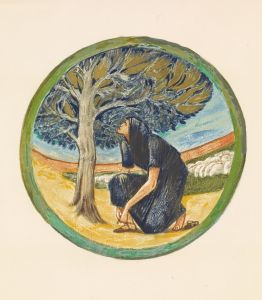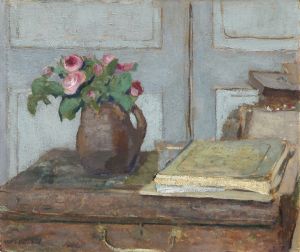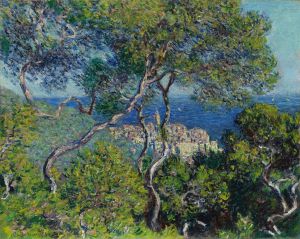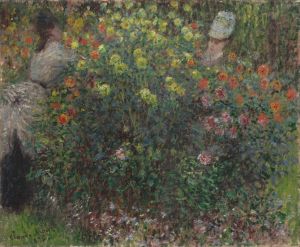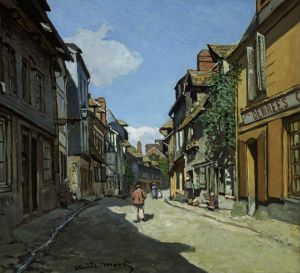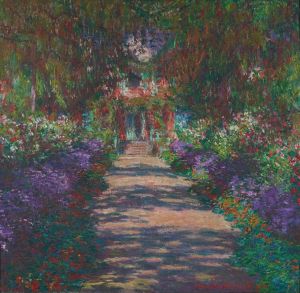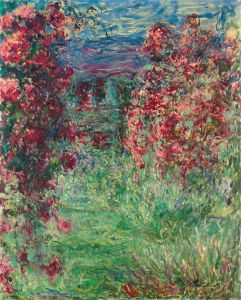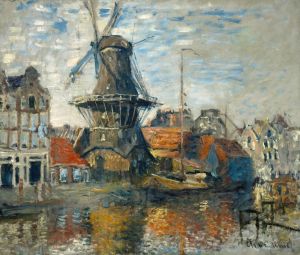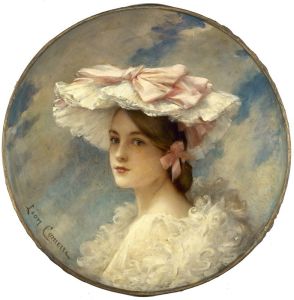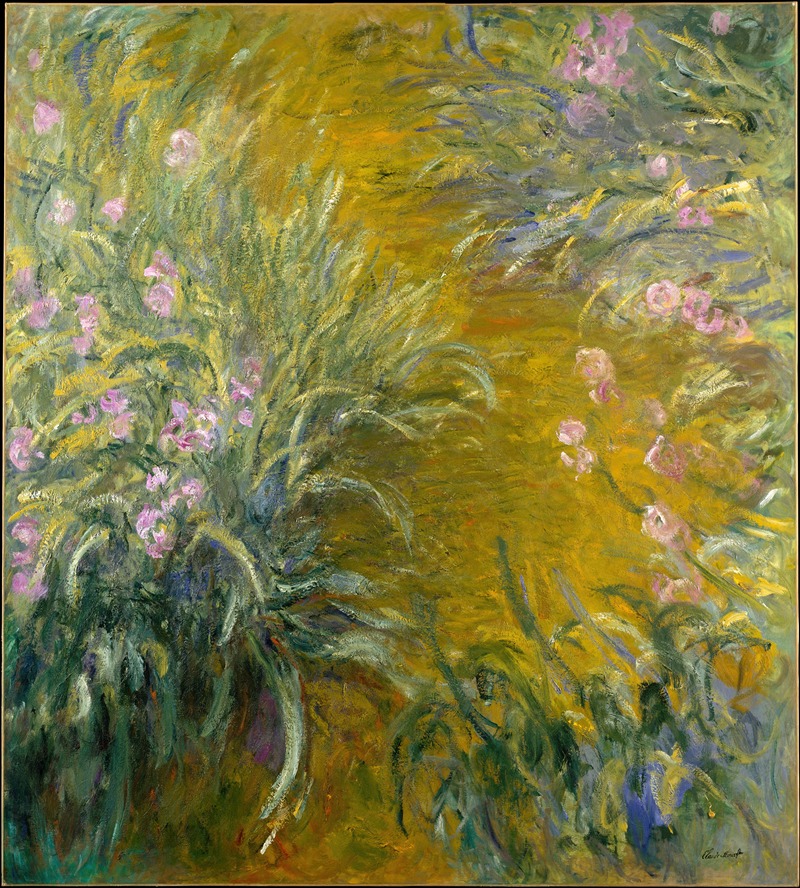
The Path through the Irises
A hand-painted replica of Claude Monet’s masterpiece The Path through the Irises, meticulously crafted by professional artists to capture the true essence of the original. Each piece is created with museum-quality canvas and rare mineral pigments, carefully painted by experienced artists with delicate brushstrokes and rich, layered colors to perfectly recreate the texture of the original artwork. Unlike machine-printed reproductions, this hand-painted version brings the painting to life, infused with the artist’s emotions and skill in every stroke. Whether for personal collection or home decoration, it instantly elevates the artistic atmosphere of any space.
"The Path through the Irises" is a painting by the renowned French Impressionist artist Claude Monet. This artwork is part of Monet's extensive series of paintings depicting his beloved garden in Giverny, where he lived from 1883 until his death in 1926. Monet's garden, particularly his water lily pond and the surrounding flora, served as a primary source of inspiration for many of his later works.
Monet painted "The Path through the Irises" around 1914-1917, during a period when he was intensely focused on capturing the beauty and essence of his garden. The painting showcases a vibrant and lush pathway lined with irises, a flower that Monet frequently included in his garden scenes. The irises are depicted in rich, vivid colors, with purples, blues, and greens dominating the canvas. The path itself is rendered with loose, expressive brushstrokes, characteristic of Monet's Impressionist style, which emphasizes the play of light and color over precise detail.
The composition of "The Path through the Irises" draws the viewer's eye along the winding path, inviting them to explore the serene and enchanting garden. Monet's use of color and light creates a sense of depth and movement, making the scene appear almost alive. The painting reflects Monet's deep appreciation for nature and his desire to capture its fleeting beauty.
During the time Monet created this painting, he was dealing with significant personal challenges, including the loss of his wife Alice in 1911 and his son Jean in 1914. Additionally, Monet was experiencing deteriorating eyesight due to cataracts, which affected his perception of color and detail. Despite these difficulties, Monet continued to paint with great passion and dedication, producing some of his most celebrated works during this period.
"The Path through the Irises" is part of the larger body of work known as the "Grandes Décorations," which includes the famous Water Lilies series. These paintings were intended to be displayed together in a circular room, creating an immersive experience for the viewer. Monet donated many of these works to the French state, and they are now housed in the Musée de l'Orangerie in Paris, where they continue to be admired by visitors from around the world.
Monet's garden at Giverny remains a popular tourist destination, attracting art enthusiasts and nature lovers alike. The garden has been meticulously preserved and restored to reflect the artist's original vision, allowing visitors to experience the same beauty that inspired Monet over a century ago.
In summary, "The Path through the Irises" is a testament to Claude Monet's enduring legacy as a master of Impressionism. The painting captures the essence of his garden at Giverny, showcasing his skillful use of color, light, and composition to create a scene of natural beauty and tranquility.





